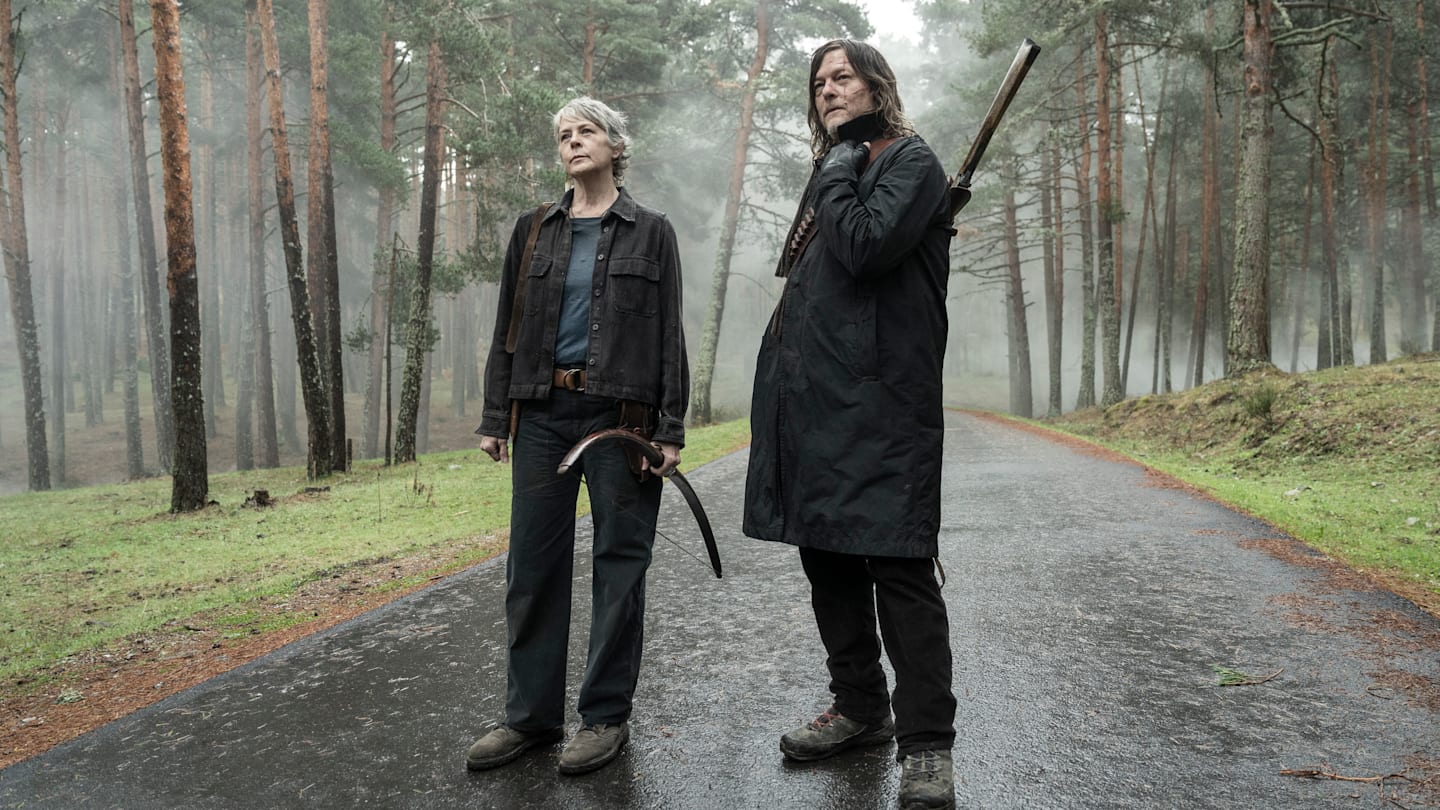15 Reasons to Watch Interview With The Vampire
The late Anne Rice’s novels are some of the most prolific modern vampire literature. But until recently, they didn’t have the adaptations to show for it.
The 1994 film is fairly well-liked, but the disliked is to date the last film starring Lestat de Lioncourt.
So, like many prestige projects, Rice’s children of the night have flown to television. Showrunner Rolin Jones’s series for AMC has run two seasons now, adapting the original novel into 15 episodes. And there’s more where that came from.
is absolutely the next series that horror fans should sink their teeth into — here are 15 reasons why, ranked!
1. The Acting
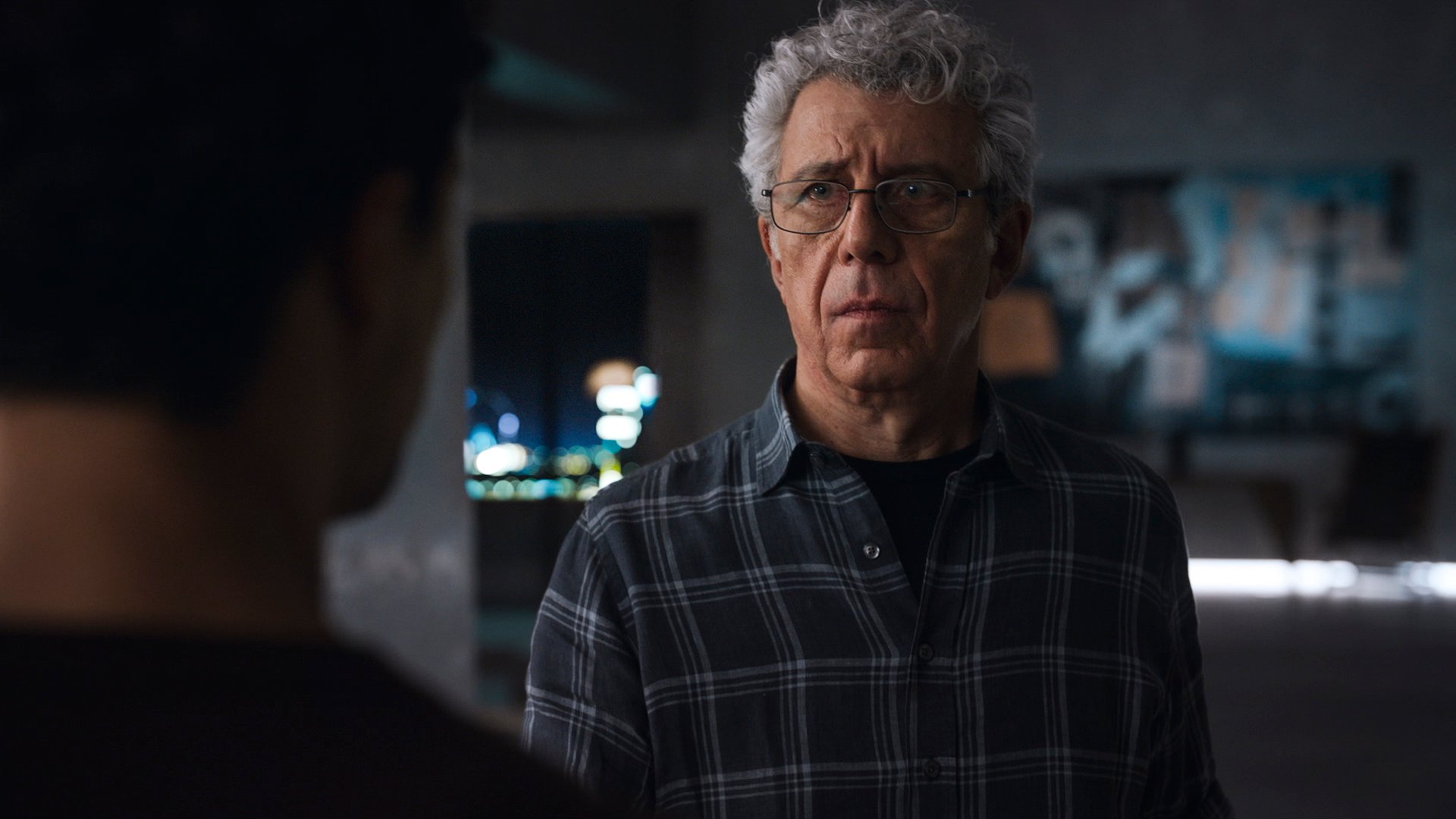
The biggest draw of the series thus far is easily its ensemble cast. It’s a fairly small cast (season 1 especially often feels like a three-hander play) but still a perfectly assembled one.
As just one example: The audience POV character of is Daniel Malloy (Eric Bogosian), the journalist doing the interview. Daniel could easily be a cipher, as he is in the book and film, but Bogosian gives him an acerbic wit.
Bogosian is giving a compelling lead performance in his own right. His POV isn’t a necessary evil or a distraction from the good stuff.
Of course, one can’t simply say the acting is great and not go into specifics, especially when has only a few central performers.
2. Jacob Anderson as Louis

First, the lead: Jacob Anderson as Louis de Point du Lac, the Louisiana creole who becomes the titular vampire being interviewed. Anderson is easily the no. 1 onscreen Louis.
That’s not hard given how bland Brad Pitt was in the movie. Anderson as Louis is much more than a “good in comparison” performance.
Anderson is most famous as the taciturn Grey Worm on . As Louis, he proves he can do so much more.
He turns up the charm, and he has a powerful voice befitting the series’ narrator. His flawless New Orleans accent will leave you gobsmacked he’s actually British.
He’s strong but vulnerable, achingly depicting Louis’ pain — both his raw screaming pain as he loses more and more of those he loves, and the wounds he’s reopening in the present.
3. Sam Reid as Lestat
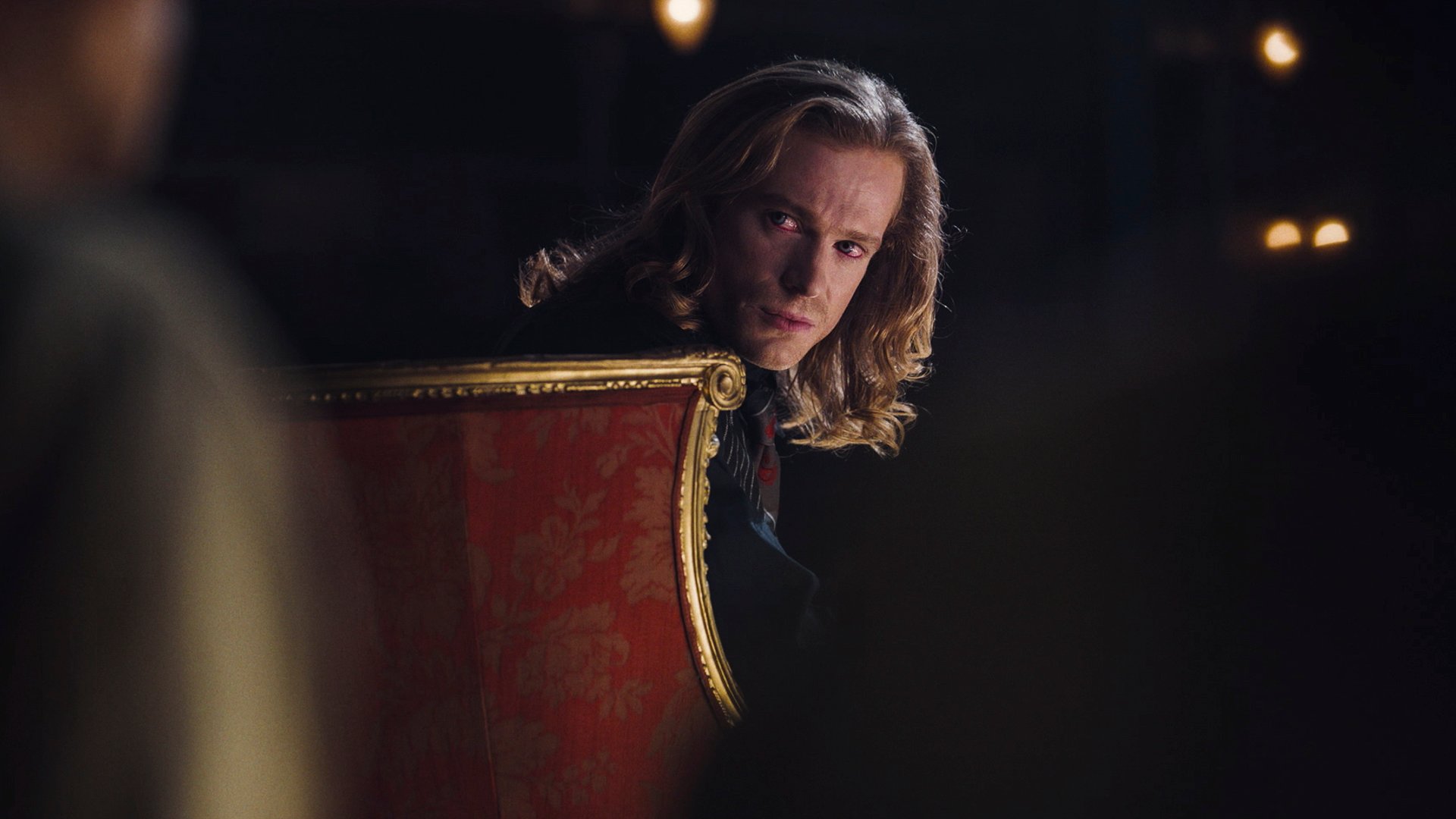
You can’t have without Louis’ other half and maker, French vampire Lestat de Lioncourt (Sam Reid). Reid gets the more fun part compared to Anderson. Unlike Louis, Lestat is flamboyant, hedonistic, and utterly unafraid to be himself.
But he’s not heartless, far from it. Lestat is a vampire ruled by his full-blooded passions. He wants Louis from the moment he sets eyes on him and their conflict in season 1 is all about Lestat trying to keep him.
At the risk of hyperbole, Reid as Lestat might be the most perfect balance of sexy and scary any actor has maintained while playing a vampire. Even when professing his (sincere) love or being a tease, there’s true menace in Lestat.
Reid’s sassy, smooth baritone makes the vampire’s dialogue flow like beautiful music.
4. Assad Zaman as Armand
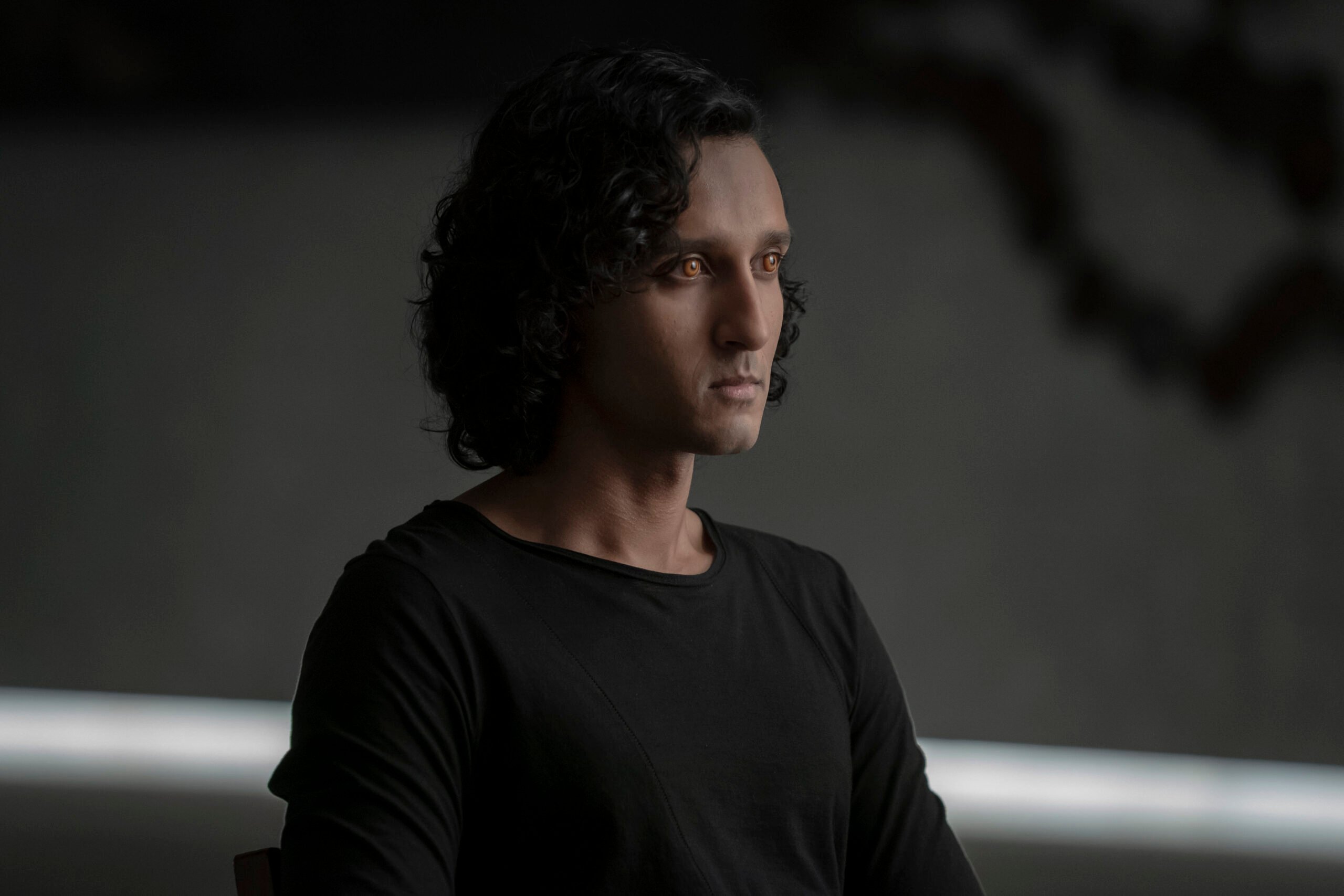
Louis and Lestat’s love isn’t just a violent back and forth, it’s a triangle with all ends connected. Season 2 delves deeper into Louis’ current relationship with the vampire Armand (Assad Zaman).
While Louis is trying to be an open book, Armand is hiding some secrets. He spends season 1 posing only as Louis’ aid, “Rashid,” and when the truth is unveiled he only grows even more sinister.
Zaman immerses himself in Armand — he even goes the extra mile, using a French accent for flashbacks and an English one in the present.
Zaman’s time to shine brightest comes on Season 2 Episode 5, “Don’t Be Afraid, Just Start the Tape,” when long-simmering issues in Louis and Armand’s marriage boil over.
Armand proclaims that Louis would prefer a lover not treat him so kindly, but in his own way, it’s now clear Armand is as controlling as Lestat.
5. Both Claudias (Yes, Both)
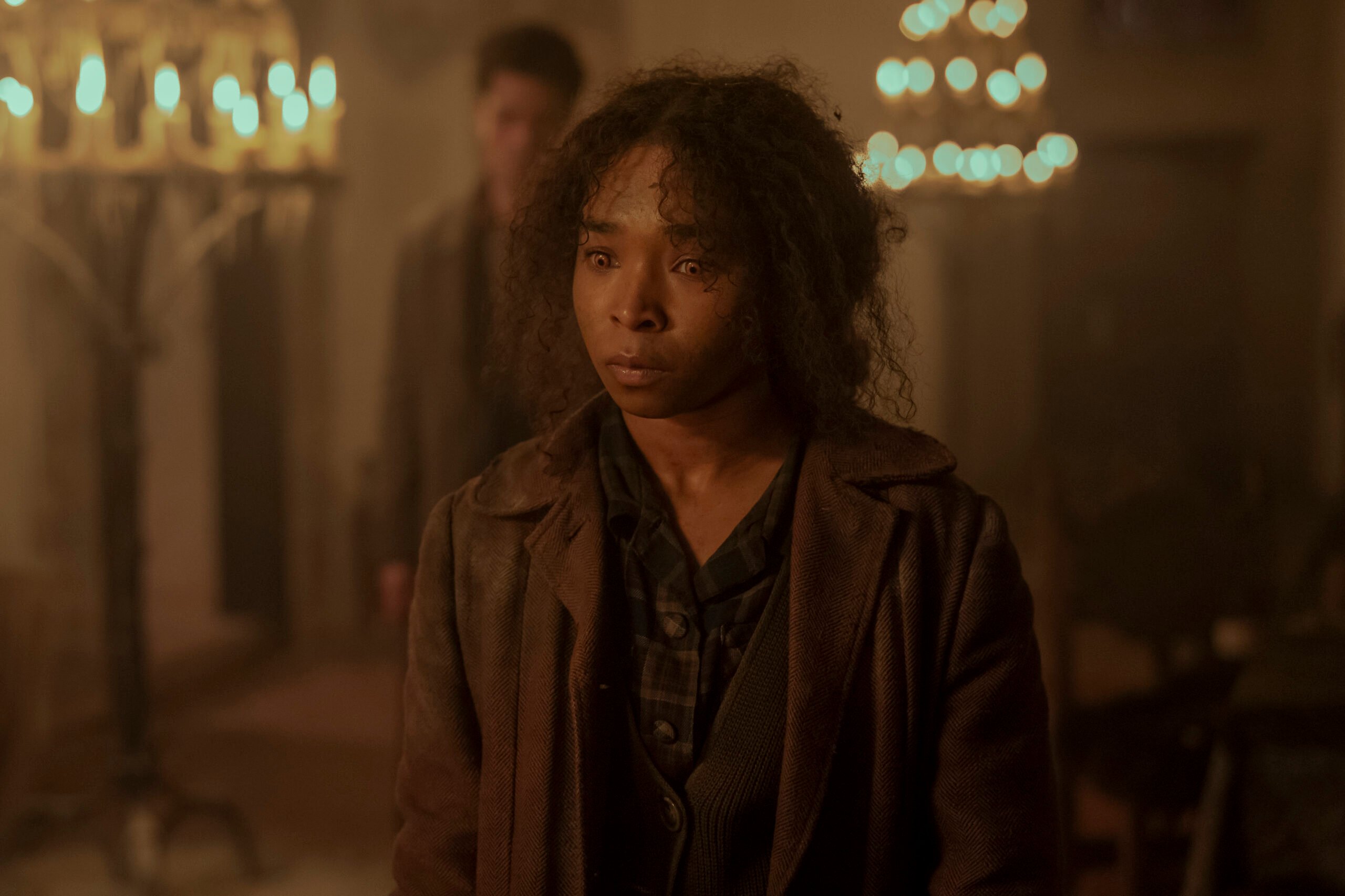
Claudia is the second most important figure of Louis’ past besides Lestat. Lestat was his maker, Claudia was his child. In Season 1, Claudia was played by Bailey Bass, but due to scheduling conflicts, Delainey Hayles took over in Season 2.
A lead recast in a TV series can be an annoyance, but handles it as seamlessly as possible. It’s upfront about it: Season 2 Episode 1, “What Can the Damned Really Say to the Damned” includes opening text: “The part of Claudia will now be played by Delainey Hayles.”
Claudia can’t age physically, but she does mentally. Season 1 focuses on Claudia as a child in arrested development. Season 2 is about her growing more into her own person.
That difference makes it easier to accept two actors portraying her in different seasons.
6. Interview with the Vampire is Unabashedly Queer

The movie famously held back on the story’s queerness, settling for coding instead. Not so with the show. Here, Louis and Lestat are explicitly lovers and co-parents of Claudia.
The story’s allegory, tying vampires and queerness together, rings loud and clear. Lestat turning Louis into a vampire happens simultaneously with Louis’s awakening that he’s attracted to men.
Shortly after Lestat turns Louis, he beckons his spawn to sleep with him in his coffin… stripping as he does. On the season one finale, Season 1 Episode 7, “The Thing Lay Still,” Lestat cosplays as Marie Antoinette.
In fact, queer relationships are the only ones that get significant focus on — and the show demonstrates how love comes with turmoil, yearning, and heartbreak no matter who shares it.
7. A Great Intro Into Anne Rice

has become the backbone of AMC’s latest media franchise, the Immortal Universe that adapts other Rice novels. (e.g. )
Don’t think this means you need to watch more than just itself to enjoy it. The show stands well on its own.
So well, that you can enjoy it without having ever read a word of Anne Rice’s books. The show doesn’t presume familiarity from its audience. It spends so much time delving into the characters’ heads that you’ll have a complete understanding of the characters just from this show.
8. The Show Reimagines Anne Rice

That said, while adapts the broad beats of Anne Rice’s novel, it shakes up the larger story. Rice fans get a story that honors and reinterprets their favorite books.
The show moves up the timeline; Louis becomes a vampire in 1791 in the book, and in 1910 in the series. He’s also changed from a white plantation owner to a Black Creole.
This Louis is a much less privileged individual than his literary self and the show doesn’t flinch at all exploring the racial politics — including one more power imbalance in his romance with Lestat.
In the book, the interview happens in 1973. The show moves it up to 2022 with a new wrinkle; Daniel first interviewed Louis in 1973, and now he’s being called back to complete the job.
Daniel in the novel was a young man, whereas in the show he’s old and bitter. Daniel’s not afraid to talk down to the vampires because his life is a trail of regrets.
9. The Period Detail is Varied and Gorgeous
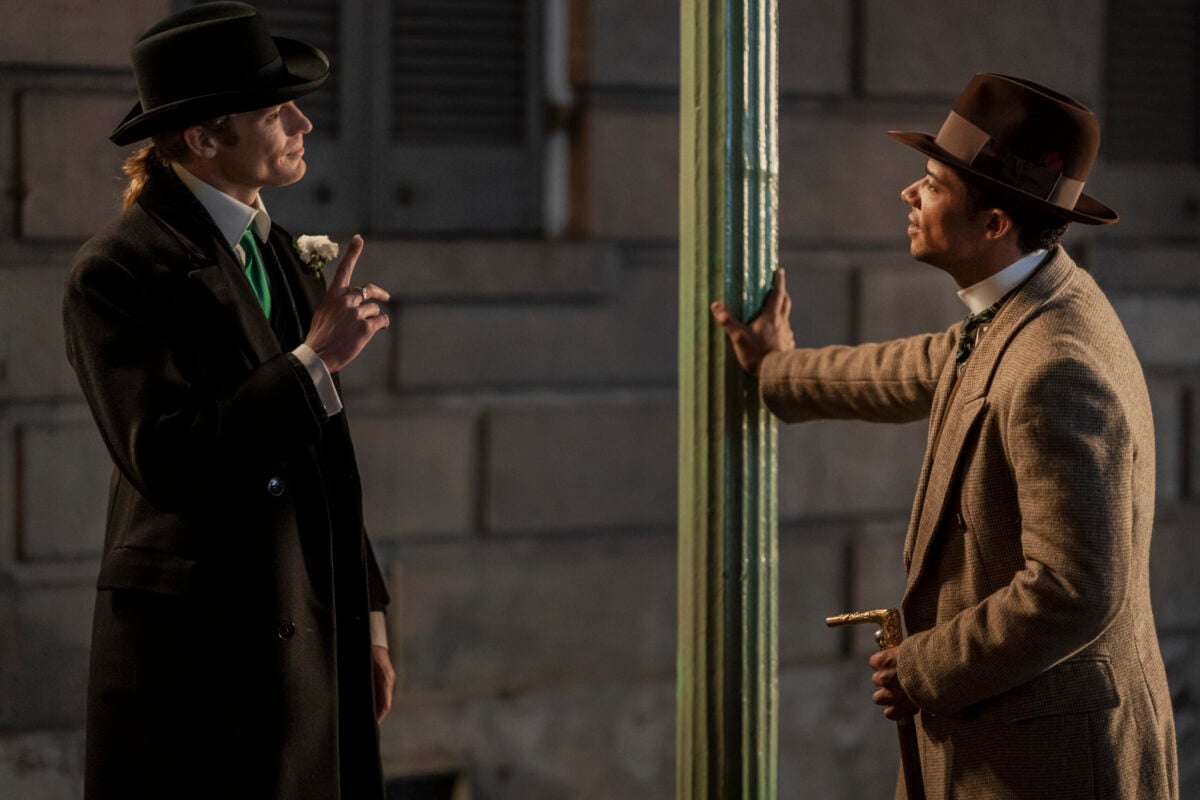
is mostly a period piece and a gorgeous one at that. By cleanly dividing the novel into two seasons, the show explores two different time periods.
The first season is set in New Orleans, Louisiana, during the early decades of the 1900s. The show allows the viewer to see the remains of the 19th century transform into the 20th.
Louis and Lestat may not age, but their costuming evolves across the season; Lestat trades scarves and top hats for a vest and suit.
Season 2, follows Louis and Claudia’s exile in Europe. But due to the show’s moved-up timeline, they arrive not in the mid-19th century, but during and immediately after World War 2.
Season 2 turns its story into one about a Paris still scarred from war and occupation.
10. Sweeping and Lovely Music

Composer Daniel Hart works wonders on . The title sequence of the show is brief; it shows two red city skylines, one upside down, to create the impression of open jaws.
But the accompanying song perfectly captures the rising unease of the visuals. A recurring orchestral motif in the show, “The Fantasy of Happiness,” begins with piano but as it goes on, pours on the strings to suggest a rising rhapsody.
Lestat is a musician himself. On Season 1 Episode 6, “Like Angels Put in Hell by God,” Lestat tries to mend fences with Louis with a song.
“Come to Me,” sung by Reid in character as Lestat, is soft and whimsical but still suggests love as an act of ensnarement; the perfect love song for a vampire.
12. Subjectivity of Memory Explored
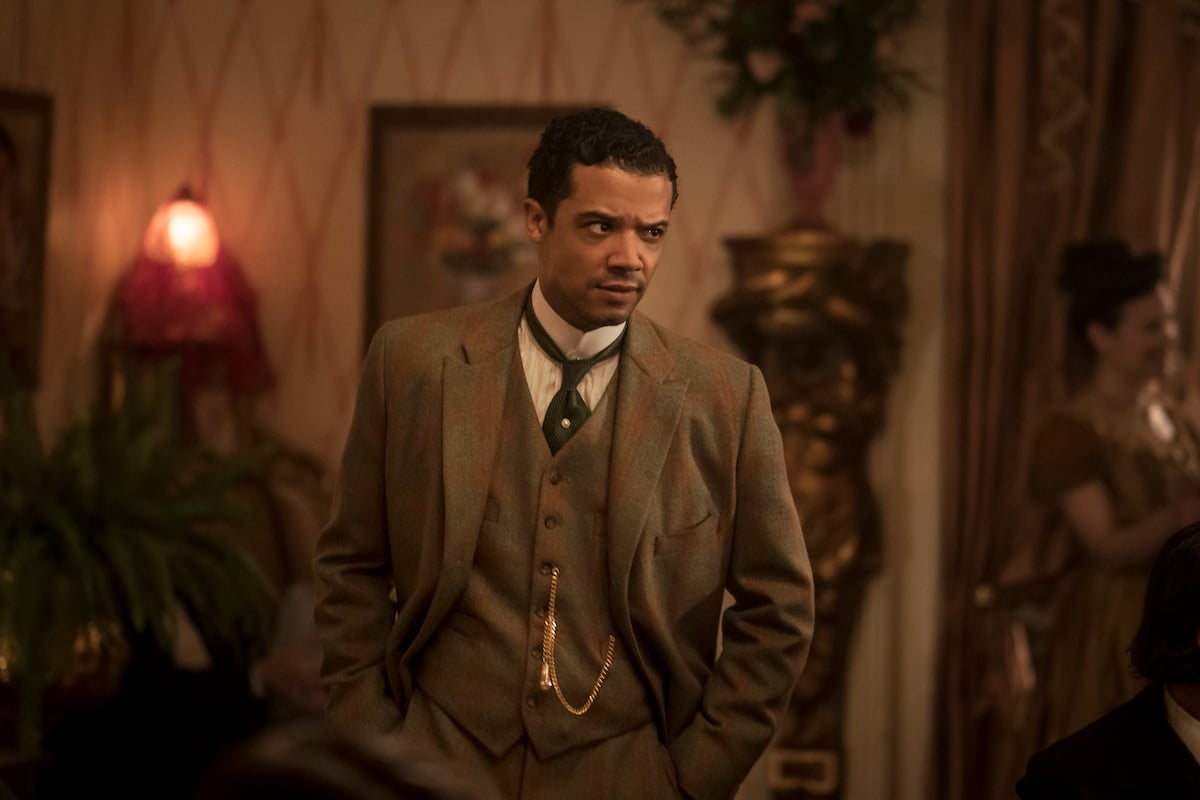
On television and film, there’s an unspoken rule that if the audience sees a flashback then that’s the truth of what happened. If it isn’t shown, then the show is holding back.
But on , even seeing the past play out isn’t a guarantee you can trust it. Louis, having lived well over 100 years, has a fuzzy memory.
Sometimes he’ll catch himself making a mistake, and a scene will replay with the added detail. On Season 2 Episode 7, “I Could Not Prevent It,” Lestat gives his own account of the events from Season 1.
Lestat’s remembrance is different from Louis’, emphasizing Louis’ faults more than his own yet it’s not strictly wrong. The truth is probably somewhere in the middle but the audience has only two imperfect memories.
12. Clever Use of Framing Device Structure

The show is literally called . The interview itself can’t be an afterthought, and thankfully, it isn’t. There is plenty of drama and intrigue to go around in Daniel’s part of the show.
For one, the framing device is the whole reason that is able to explore memory the fascinating way that it does. Louis’ character arc isn’t linear, but dichotomous; his growth in the past is as important as how he looks back on it as the man he became.
That, too, forms a detective story angle where Daniel is trying to piece together what Louis isn’t telling him. The climax of the show (without getting into specifics) is Daniel assembling evidence of inconsistencies and upending Louis’ own long-held recollections.
13. The Vampire Plays Blend Mediums
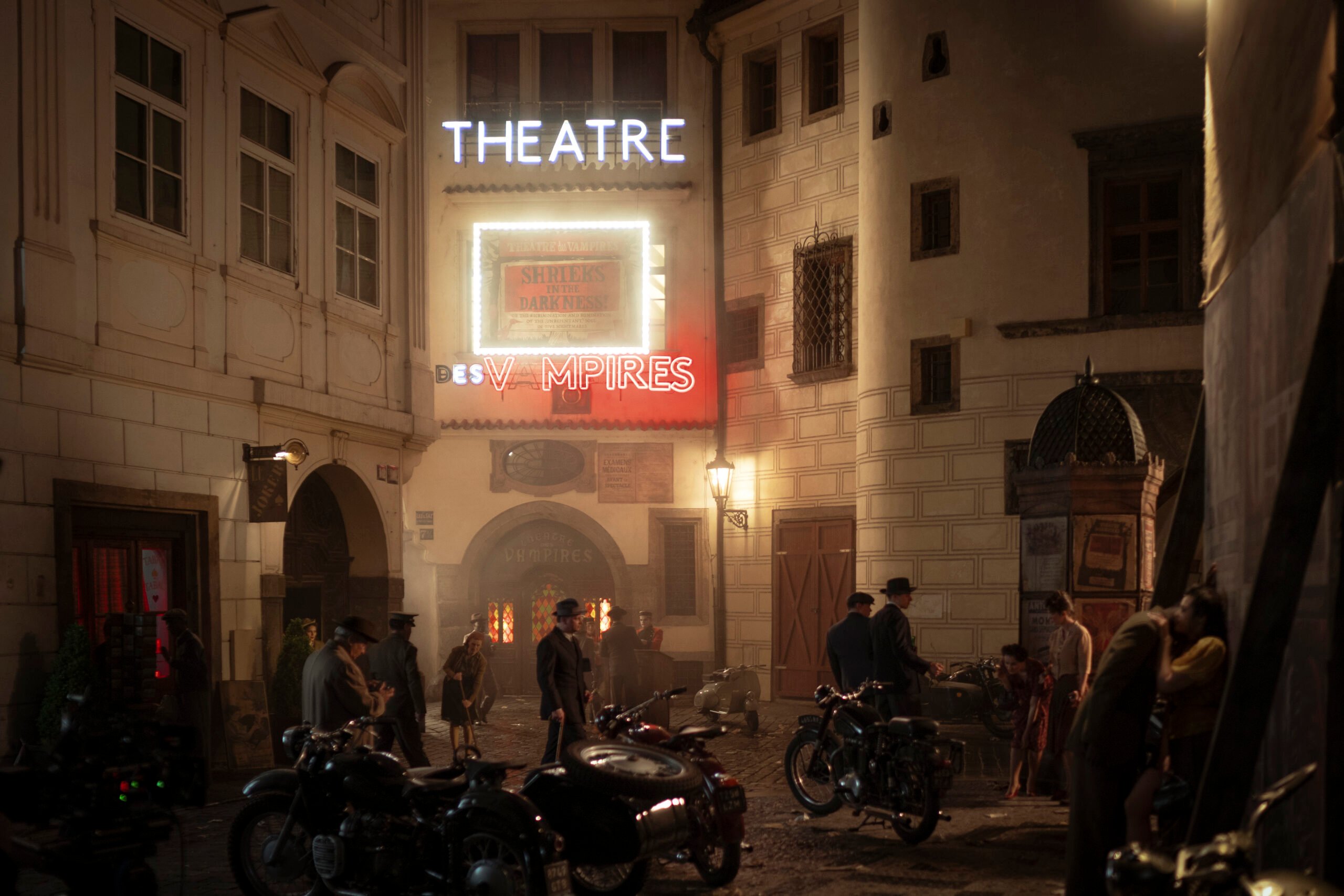
Season 2 is centered around the Théâtre des Vampires, home to Armand’s coven. The vampires hide in plain sight, putting on grim and violent plays.
Each one ends with the vampires devouring a kidnapped victim, with the audience convinced it’s all part of the show. One of Armand’s flourishes (really the show’s) is combining live theater with cinematic projection.
Backgrounds in the plays aren’t merely assembled, but projected onto the stage’s back wall. The book couldn’t do this; literally couldn’t, because words can’t capture the visual effect of projection.
But moreover, this is one of the cleverest ways reworks the story to fit a later time period. Cinema hadn’t even been invented in the 1870s, but it had been well-established by the 1940s.
14. The Vampires Terrify, But Remain Human

There’s a lot of ways to write a vampire story. There’s a reason vampires have endured as one of the most horror archetypes; they’re flexible creatures. But one way to divide such stories is to ask: are the vampires the villains, or the heroes?
(and Rice’s in general) is very much in the latter group. The vamps aren’t obstacles for human main characters, they are the main characters with rich inner lives, romances, culture, etc.
And yet, they’re still monstrous predators. The show doesn’t elide the dirty and violent work of how the vampires feed, or ignore the suffering of their victims.
delivers complex vampire characters without defanging them (pun intended).
15. Season 3 Might Shake Things Up
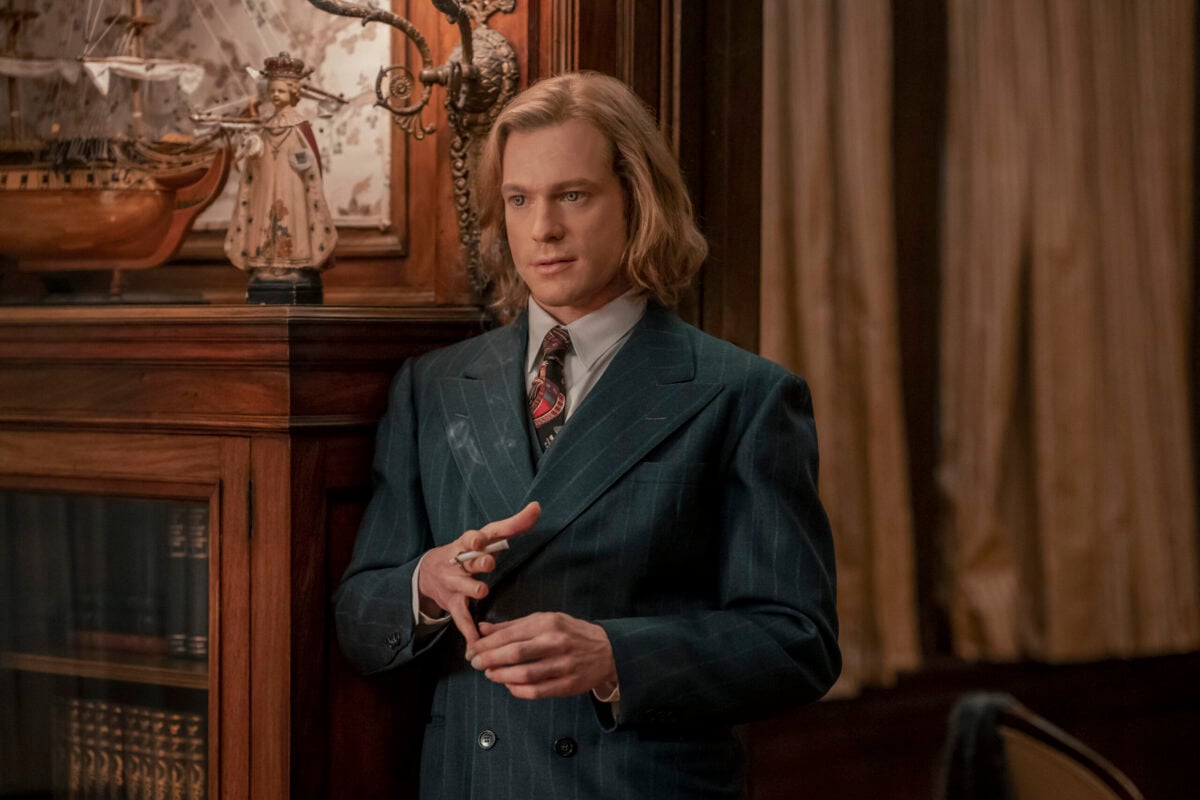
As of Season 2, the show has fully adapted the original novel, but don’t think that’s the end. The show has already been renewed for a third season that will adapt the second novel,
A teaser for the third season confirmed it’s telling the book’s story. Lestat has formed a rock band and is being interviewed by Daniel while he’s on tour.
If that teaser is an indication, the interview format might be shot a bit differently than Season 1. Rather than third-person objective shots of both Louis and Daniel, the teaser has Lestat sit and speak directly into the camera while Daniel’s voice is only heard offscreen.
The show has told its original story, so Season 3 is a great time to reinvent.
and on
You may also like...
Diddy's Legal Troubles & Racketeering Trial

Music mogul Sean 'Diddy' Combs was acquitted of sex trafficking and racketeering charges but convicted on transportation...
Thomas Partey Facing Rape & Sexual Assault Charges

Former Arsenal midfielder Thomas Partey has been formally charged with multiple counts of rape and sexual assault by UK ...
Nigerian University Admission Policy Changes

JAMB has clarified its admission policies, rectifying a student's status, reiterating the necessity of its Central Admis...
Ghana's Economic Reforms & Gold Sector Initiatives

Ghana is undertaking a comprehensive economic overhaul with President John Dramani Mahama's 24-Hour Economy and Accelera...
WAFCON 2024 African Women's Football Tournament

The 2024 Women's Africa Cup of Nations opened with thrilling matches, seeing Nigeria's Super Falcons secure a dominant 3...
Emergence & Dynamics of Nigeria's ADC Coalition

A new opposition coalition, led by the African Democratic Congress (ADC), is emerging to challenge President Bola Ahmed ...
Demise of Olubadan of Ibadanland
Oba Owolabi Olakulehin, the 43rd Olubadan of Ibadanland, has died at 90, concluding a life of distinguished service in t...
Death of Nigerian Goalkeeping Legend Peter Rufai

Nigerian football mourns the death of legendary Super Eagles goalkeeper Peter Rufai, who passed away at 61. Known as 'Do...

